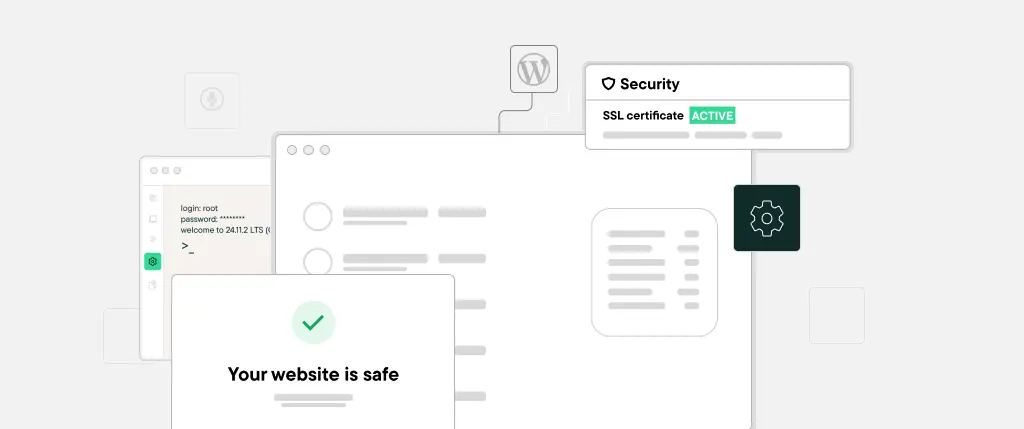Marketing Ops WordPress strategies are evolving fast—and for good reason. Today’s marketing operations teams are tasked not only with launching campaigns but also with ensuring compliance, speed, and scalability across their digital properties. And when your CMS of choice is WordPress, managing marketing tags, analytics scripts, and user consent becomes even more complex.
With global privacy regulations like GDPR and CCPA, marketers must ensure every tag or pixel is fired legally and efficiently. On top of that, ensuring that your scripts load in the right order without affecting site speed adds a technical layer that many teams aren’t equipped to handle.
This post is your guide to mastering marketing ops in WordPress—from tagging strategies to script loading and consent management—especially when you’re operating at scale.
What Are Tags and Scripts?
For any marketing ops WordPress strategy, understanding tags and scripts is fundamental. Marketing tags are small code snippets—often JavaScript—used to gather data and track user behavior. Scripts can come from tools like:
- Google Analytics
- Meta (Facebook) Pixel
- Hotjar or FullStory
- HubSpot and Mailchimp embeds
- LinkedIn Insights
These tags often introduce third-party cookies, which come with privacy implications.
Why Consent Matters
Under regulations like the GDPR, CCPA, and others, you must obtain user consent before activating non-essential cookies or trackers. This means you can’t load most marketing scripts until a user agrees.
In WordPress, tags are usually added:
- Manually via
functions.php - Injected by plugins
- Through a Tag Manager (e.g., Google Tag Manager)
If consent is not properly handled, you risk non-compliance, fines, and loss of user trust.
Scaling Tag Management in WordPress
Managing one site? Easy. Managing 20, each with different marketing needs? That’s where it gets complex.
Common challenges:
- Different teams want different tools
- Changing one script affects load time across the site
- Tracking breaks if script order is wrong
- No audit trail for who added what
If you’re using WordPress Multisite, you may want to replicate and control scripts globally—or apply granular rules to individual subsites.
Asynchronous Script Loading and Order
Scripts need to load asynchronously to avoid blocking rendering – but also in the right order. For example:
- Google Tag Manager must load before any tags it controls
- Facebook Pixel should load after consent is granted
In WordPress, the wp_enqueue_script() function allows you to control where and how scripts load:
wp_enqueue_script( 'my-analytics', 'https://example.com/script.js', [], null, true );But this doesn’t include consent logic or manage script dependencies.
Regional Compliance Complexity
Global businesses must comply with multiple privacy laws:
- GDPR (EU): Explicit opt-in, cookie classification, data rights
- CCPA (California): Opt-out model, Do Not Sell button
- LGPD (Brazil): Similar to GDPR with specific opt-in rules
This means one-size-fits-all consent banners often fall short. You need geolocation-based logic and consent records.
Managing Tags Across Teams
When your dev team, marketing team, and legal team all touch scripts, it’s a recipe for chaos unless you:
- Centralize access control
- Audit all active scripts
- Version control scripts and their logic
This is especially critical when running high-volume campaigns or A/B testing at scale.
Code Examples
Enqueue Scripts Conditionally Based on Consent
Here’s how to enqueue a script only after the user has given cookie consent:
add_action('wp_footer', 'enqueue_marketing_script');
function enqueue_marketing_script() {
if ( isset($_COOKIE['cookie_consent']) && $_COOKIE['cookie_consent'] === 'yes' ) {
echo '<script src="https://example.com/marketing.js" async></script>';
}
}Pair this with a cookie banner that sets cookie_consent=yes when accepted.
Register and Control Tags via the REST API
Centralized tag control using the REST API:
add_action('rest_api_init', function () {
register_rest_route('marketing/v1', '/scripts', [
'methods' => 'POST',
'callback' => 'register_script_endpoint',
'permission_callback' => '__return_true',
]);
});
function register_script_endpoint($request) {
$body = $request->get_json_params();
update_option('marketing_script', sanitize_text_field($body['script']));
return ['status' => 'saved'];
}This can be used to push updated tag logic across multiple WordPress sites.
Best Practices
✅ Use a Tag Manager
Google Tag Manager (GTM) is the industry standard. It allows marketers to add, remove, or modify tags without touching WordPress code. But:
- GTM itself requires consent before firing marketing tags
- Tags added in GTM must be categorized (analytics, advertising, etc.)
✅ Implement a CMP
Use a Consent Management Platform like:
These plugins help:
- Block tags before consent
- Log user preferences
- Provide location-aware banners
✅ Automate Where Possible
Use a centralized system (like Sitebox) to:
- Track all scripts in one place
- Push updates across environments
- Monitor consent status and regulatory changes
✅ Audit Regularly
Establish a monthly or quarterly review of:
- Compliance against current regulations
- Active tags/scripts
- Consent logs and banner performance
Conclusion
Managing marketing tags, scripts, and user consent in WordPress is no longer a simple checkbox item for marketing ops – it’s a full-fledged discipline. As your site and MarTech stack grow, so do the risks and complexity.
By combining thoughtful code practices, the right tools, and a strong compliance mindset, you can stay fast, flexible, and fully aligned with global data laws.
How Sitebox Solves This at Scale
Sitebox simplifies WordPress-based marketing operations by offering:
- ✅ Centralized script management across all sites
- ✅ Consent-aware script loading based on user location and choice
- ✅ Integrated Tag Manager compatibility (like GTM)
- ✅ Automated compliance updates for GDPR, CCPA, and more
- ✅ Team roles and permissions, so marketers and devs can collaborate safely
With Sitebox, marketing teams can deploy faster, stay compliant, and reduce technical debt – all from a single control panel.




